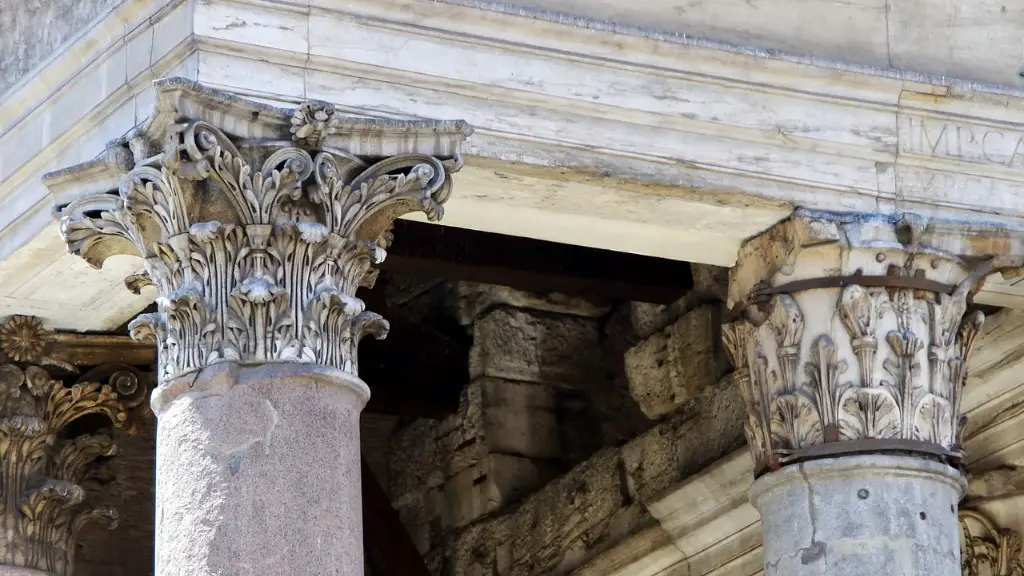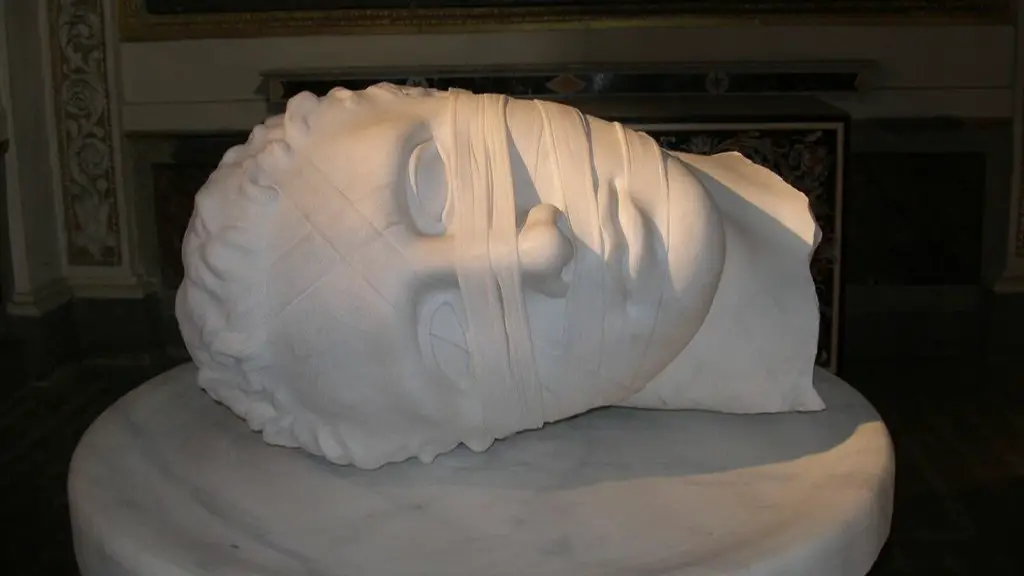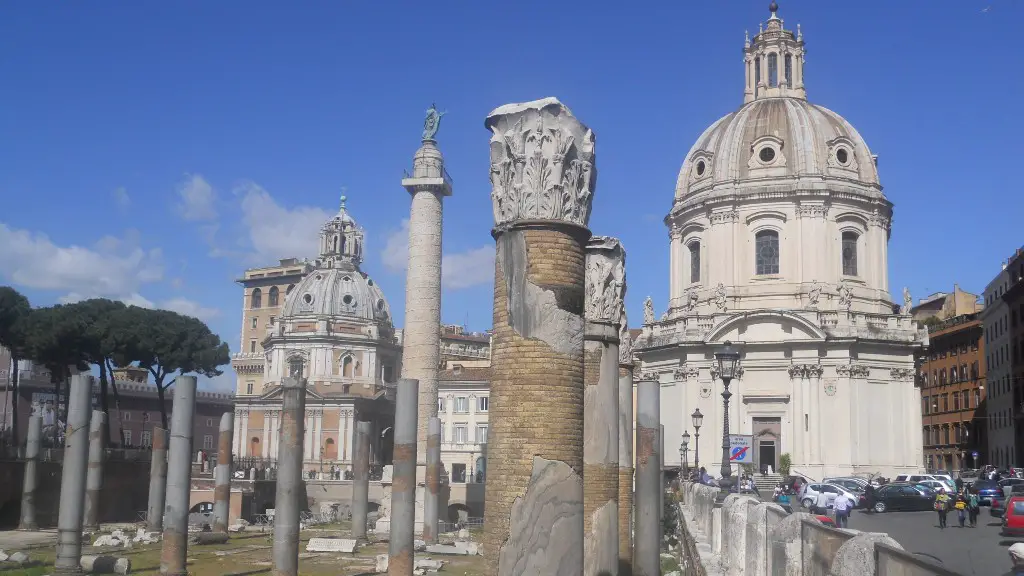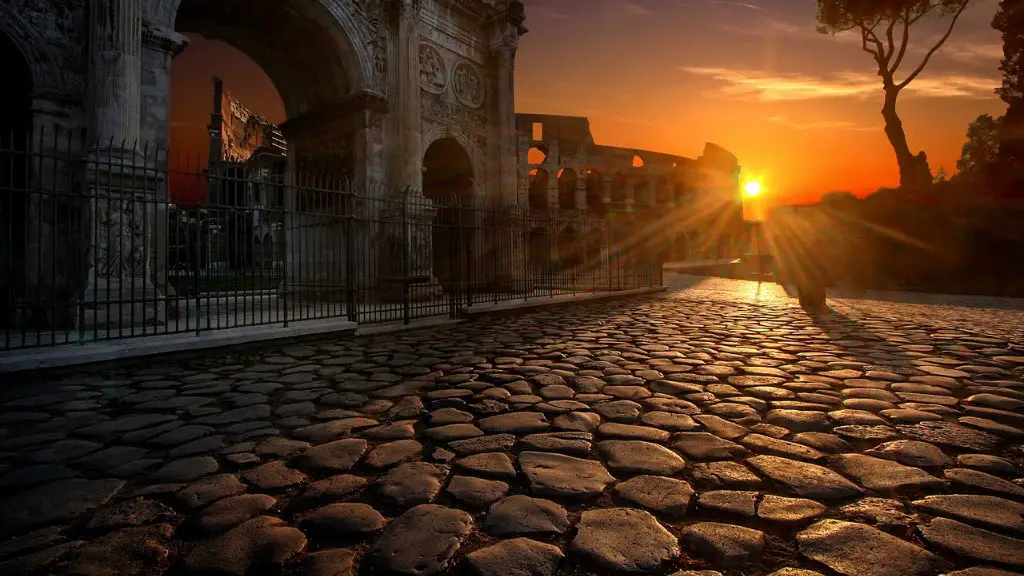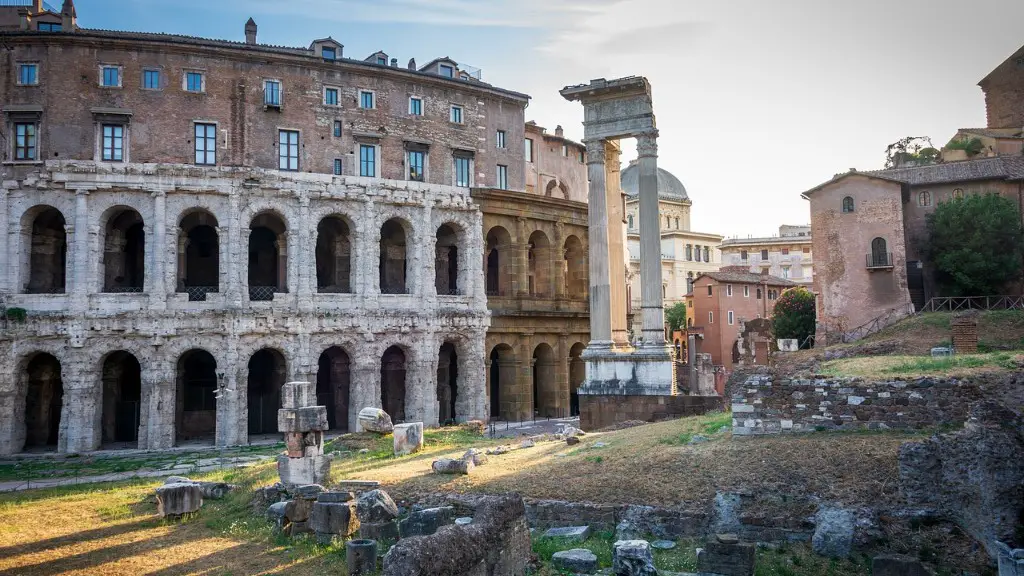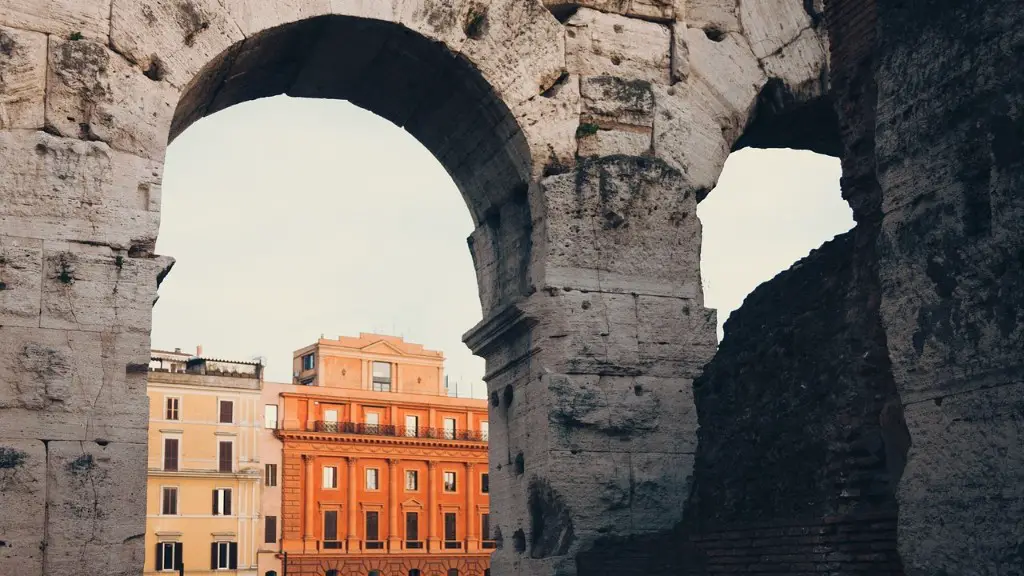Ancient Rome is one of the most commonly studied cultures in the world. This is largely due to the fact that Rome was, at one point, the most powerful empire in the world. The Roman Empire was responsible for many great achievements, including the development of art forms that are still admired and studied today. Some of the most important art forms that were developed by the ancient Romans include painting, sculpture, and architecture.
The ancient Romans were responsible for developing some very important art forms. Among these are the genres of painting, sculpture, and architecture. Although Roman artists borrowed heavily from the Greeks, they were able to put their own unique spin on things, resulting in some truly original and impressive works of art.
What are the three main forms of Roman art?
The major periods in Imperial Roman art are named after individual rulers or major dynasties. The Augustan period (27 BCE-14 CE) is named after the first Roman Emperor, Augustus. The Julio-Claudian period (14-68 CE) is named after Julius Caesar and his nephew and successor, Claudius. The Flavian period (69-98 CE) is named after the Emperor Vespasian and his sons, Titus and Domitian.
The Roman world was a world of great beauty, with many different art forms used to express different aspects of Roman life. Seal-cutting, jewellery, glassware, mosaics, pottery, frescoes, statues, monumental architecture, and even epigraphy and coins were all used to beautify the Roman world as well as convey meaning from military prowess to fashions in aesthetics. Each art form had its own purpose and meaning, and the Romans used them all to create a world that was both beautiful and full of meaning.
What are two famous Roman art forms
Ancient Roman paintings are characterized by their use of bright colors and bold lines. Roman artists often used perspective and chiaroscuro to create an illusion of depth and space. Figures were often shown in profile or in three-quarter view.
One famous example of an ancient Roman painting is the Painted Garden Fresco at the Villa of Livia. This fresco depicts a garden scene with a variety of flowers and plants. The colors are very vibrant and the lines are sharp and well-defined.
Another famous example is the Dionysiac Frieze of Pompeii. This frieze depicts a procession of people and animals, all in profile. The colors are muted and the lines are more fluid, giving the painting a softer overall appearance.
Lastly, the Perseus and Andromeda in Landscape and Polyphemus and Galatea in Landscape are both examples of Roman paintings that depict mythological scenes. In both cases, the colors are bright and the lines are well-defined. The overall effect is one of beauty and majesty.
The Romans were excellent at portraiture, both in sculpture and painting. They depicted individuals with their actual features, rather than an idealized version of them. This is evident in many of the frescoes from Pompeii, which reveal the features of the city’s citizens.
What are the 4 types of Roman art?
Roman culture practiced different art forms, which included architecture, painting, sculpture and mosaic work. The most important architectural developments by the Romans were basilicas, baths, triumphal arches, and theatres. The Romans were also responsible for the development of concrete, which was a key ingredient in their architecture.
Back in the day, there were seven different art forms known as the Liberal Arts. These consisted of Grammar, Logic, Rhetoric, Arithmetic, Geometry, Astronomy, and Music. Nowadays, the seven different art forms are Painting, Sculpture, Literature, Architecture, Theater, Film, and Music. Each one is unique and has its own special place in the world of art.
Which are the most important pieces of Roman art?
1. The Orator- This sculpture is from the 1st century BCE and depicts a Roman patrician. The sculpture is noted for its realistic depiction of the subject and for its detailed clothing.
2. Head of a Roman Patrician- This sculpture is from the 1st century BCE and is a portrait of an unknown man. The sculpture is noteworthy for its lifelike quality and for the realistic depiction of the subject’s hairstyle.
3. Augustus from Prima Porta- This sculpture is from the 1st century CE and depicts Augustus Caesar. The sculpture is remarkable for its detailed portrayal of Augustus’ features and for itsSize.
4. Fonseca Bust- This sculpture is from the 2nd century CE and depicts an unknown woman. The sculpture is known for its realism and for the detailed carving of the subject’s hair.
5. Trajan’s Column- This sculpture is from the 110 CE and depicts the emperor Trajan. The sculpture is notable for its height and for its intricate carving.
6. Equestrian Statue of Marcus Aurelius- This sculpture is from the 176 CE and depicts Marcus Aurelius on horseback. The sculpture is remarkable for its size and for its
Roman art, like Greek art, is one of the formative influences of Renaissance and later artistic movements. The Roman tradition of copying classical Greek sculptures helped preserve an important artistic movement that ended up shaping the rest of the art world.
What influential art that is found in Rome
Raphael’s frescoes from the 16th century are some of the most famous artworks in the world. They depict Cupid and Psyche as well as The Triumph of Galatea. They are located on the ceiling of the loggia or the ground floor of the palazzo.
The Romans were very practical people and they wanted their art to be useful as well as to tell future generations about life in the past. This is why so much of Roman art depicts scenes from everyday life and important historical events. By studying Roman art, we can get a clear picture of what life was like in Ancient Rome.
What are examples of Roman art?
Romanesque artwork, characterized by its ornate and dramatic style, is widely admired around the world. Some of the most famous Romanesque pieces include the Portrait of the Four Tetrarchs, the Equestrian Statue of Marcus Aurelius, and the Alexander Mosaic. The Romanesque period was a time of great creativity and achievement in the arts, and the legacy of this period continues to be evident in the popularity of Romanesque art today.
The arts refers to the studies and applications of human creativity and imagination, typically in a visual form. The arts include both the analysis and production of works, as well as the study of art history and criticism.
The arts are a critical part of our society – they provide a way for us to express our thoughts and emotions, and can be used to communicate messages and stories. They can also be a source of enjoyment, and can be used to promote and inspire creativity.
There are many different types of arts, including visual arts (such as painting and sculpture), performing arts (such as dance and music), and literary arts (such as poetry and fiction).
The arts play an important role in our culture, and can be a powerful force for good in the world. We hope you will explore the arts and discover all they have to offer!
What is Roman art known for
A key aspect of Roman public art was the commemoration of important individuals. The later Republic is a period of striking portraits of leading Romans, partly following native veristic traditions of portraiture and partly influenced by Hellenistic interest in physiognomy.
The art of ancient Greece and Rome is called classical art. This name is used to describe later periods in which artists looked for their inspiration in this ancient style. Classical art was characterized by its use of symmetry, proportions, and idealized images.
What 3 cultures influenced Roman art?
There is no doubt that Roman artists were influenced by both Greek and Etruscan traditions. However, it is important to note that there is a fine line between appreciation and plagiarism. Roman artists created a unique blend of Greek, Etruscan, and local Roman tastes to create a distinct artistic tradition. This tradition is what makes Roman art so special and unique.
Fine art is more than just painting and is defined by 7 fine art disciplines: painting, sculpture, architecture, poetry, music, literature, and dance.
Conclusion
Some of the important art forms that the ancient Rome developed include painting, sculpture, and architecture.
The ancient Romans were responsible for developing many important art forms that are still admired and studied today. These include painting, sculpture, architecture, and decorative arts such as mosaics and metalwork. The Romans were skilled in the use of both natural and man-made materials, and their artworks reflect a highly creative and imaginative culture.
